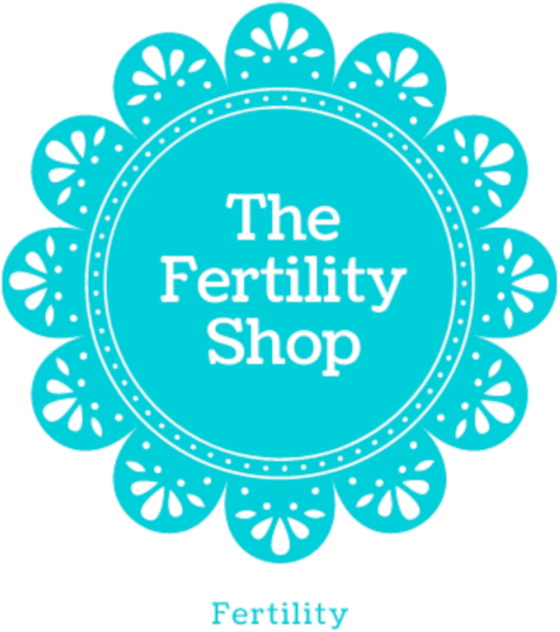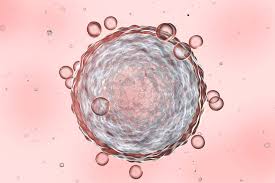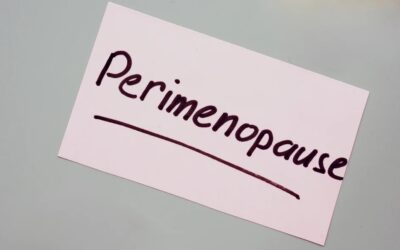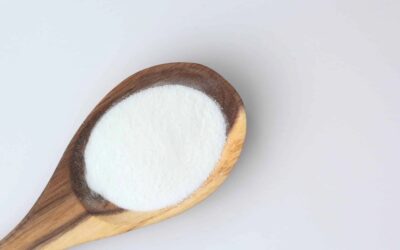Perimenopause, the transitional phase leading up to menopause, significantly affects fertility. This stage usually begins in a woman’s 40s (though it can start earlier) and lasts until menopause, which is defined as 12 consecutive months without a period.
What does perimenopause have to do with egg quality?
During perimenopause, several changes impact fertility, particularly egg quality;
- As women age, the number and quality of eggs in the ovaries decline. By the time perimenopause starts, this decline accelerates, reducing the chances of conception.
- Chromosomal abnormalities in eggs also increase, leading to a higher risk of miscarriage and genetic conditions
Age significantly affects egg quality, primarily because a woman is born with a finite number of eggs, and both their quantity and quality decline over time. Here’s a detailed look at how age and perimenopause impact egg quality:
1. Decline in Chromosomal Integrity.
- Younger Women (under 35): Eggs in younger women are generally more likely to have the correct number of chromosomes, which is crucial for healthy development after fertilisation.
- After Age 35: As women age, the chances of chromosomal abnormalities in eggs increase. These abnormalities can lead to issues such as Down syndrome, Turner syndrome, or other genetic conditions. By the late 30s and early 40s, the proportion of eggs with abnormal chromosomes rises sharply.
2. Increased Risk of Miscarriage.
- Eggs with chromosomal abnormalities are less likely to result in a healthy pregnancy. As women age, the risk of miscarriage increases, often because of the diminished quality of the eggs.
- The risk of miscarriage is the lowest in women aged 25-29 (10%) and rises rapidly after age 30, reaching 53% in women aged 45 and over, often due to chromosomal errors in the embryo. (1)
3. Reduced Ability to Fertilize.
- As eggs age, they become less likely to be fertilized successfully by sperm. The outer shell (Zona pellucida) of the egg hardens with age, making it more difficult for sperm to penetrate.
- The likelihood of successful fertilisation diminishes as the overall health and functionality of the egg deteriorate with time.
4. Depletion of Ovarian Reserve.
- Women are born with around 1-2 million eggs, but this number decreases over time. By puberty, only about 300,000-400,000 eggs remain, and by the mid-30s, the decline accelerates.
- Fewer eggs are available with increasing age, and those that remain are often of lower quality, reducing the chances of successful fertilization and a viable pregnancy.
5. Impact on IVF Success.
- In assisted reproductive treatments like IVF (in vitro fertilization), age dramatically influences outcomes. For women under 35, IVF success rates are higher because their eggs are generally healthier. For women over 40, IVF success rates decline significantly, often requiring the use of donor eggs to achieve pregnancy.
6. Mitochondrial Dysfunction.
- Eggs have a high energy demand, and this is supplied by mitochondria, the “powerhouses” of the cell. With age, mitochondrial function declines, which can affect the egg’s ability to divide properly after fertilization. This can contribute to failed implantation or early miscarriage.
7. Increased Risk of Failed Implantation.
- Poor egg quality can result in embryos that have difficulty implanting into the uterine lining, leading to failed pregnancies or difficulties in achieving pregnancy.
Key Milestones of Age and Egg Quality:
- Before age 30: Egg quality is generally high, with a low risk of chromosomal abnormalities and high fertility potential.
- Age 30-35: A gradual decline in egg quality begins, though fertility is still relatively high for most women.
- Age 35-40: A more noticeable decline in both egg quantity and quality occurs, with an increasing risk of miscarriage and chromosomal abnormalities.
- Age 40 and beyond: Fertility declines sharply, and most remaining eggs are likely to have chromosomal abnormalities, greatly increasing the chances of miscarriage and genetic disorders
Conclusion
Egg quality declines as a natural part of ageing due to chromosomal abnormalities, reduced fertilisation potential, and overall lower energy levels in the egg. By age 35, fertility begins to decrease noticeably, and after 40, achieving a healthy pregnancy becomes significantly more challenging without assisted reproductive technologies or donor eggs.
Read more about ways to improve egg quality:
https://thefertilityshop.co.uk/how-to-improve-egg-quality/
https://thefertilityshop.co.uk/8-egg-booster-supplements/






0 Comments